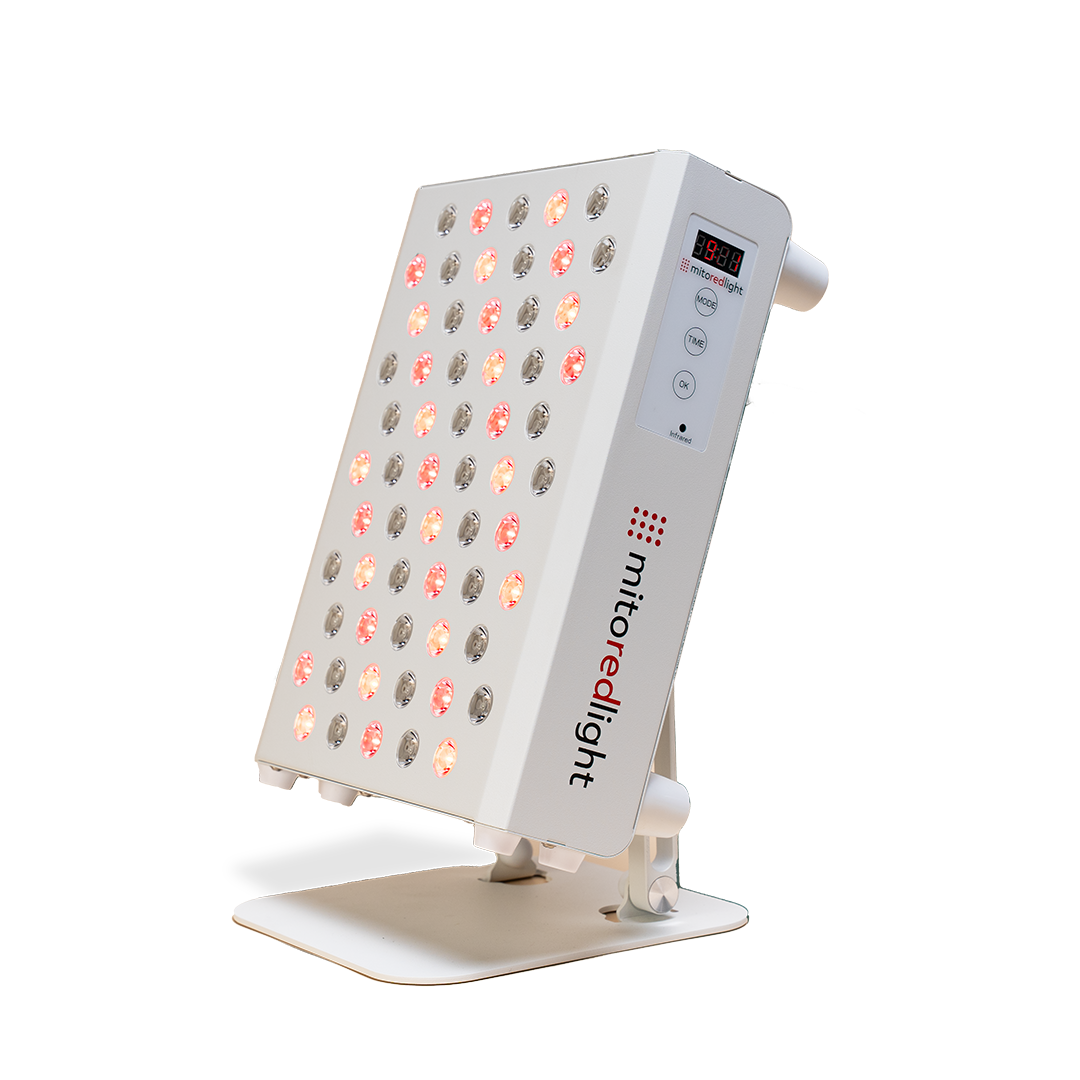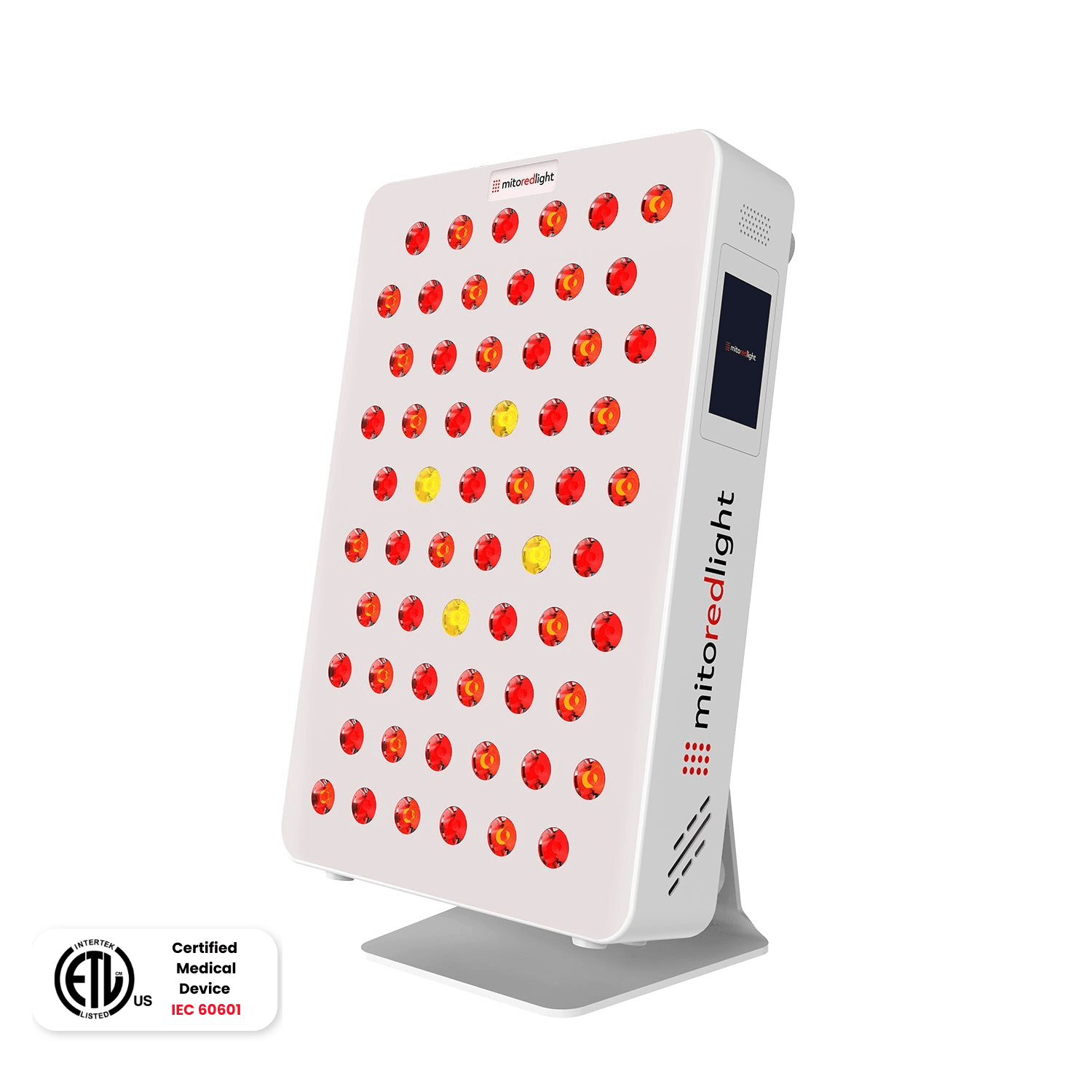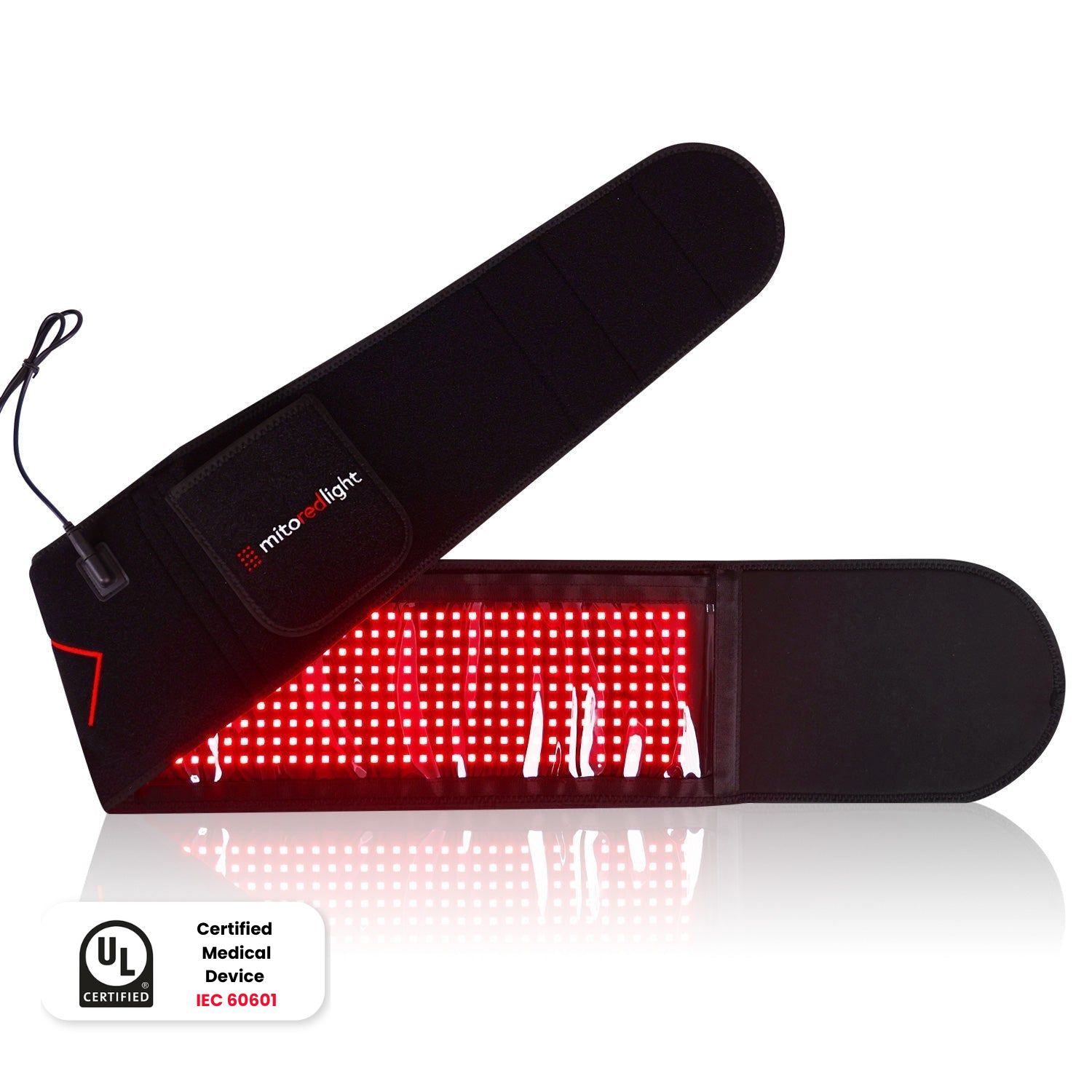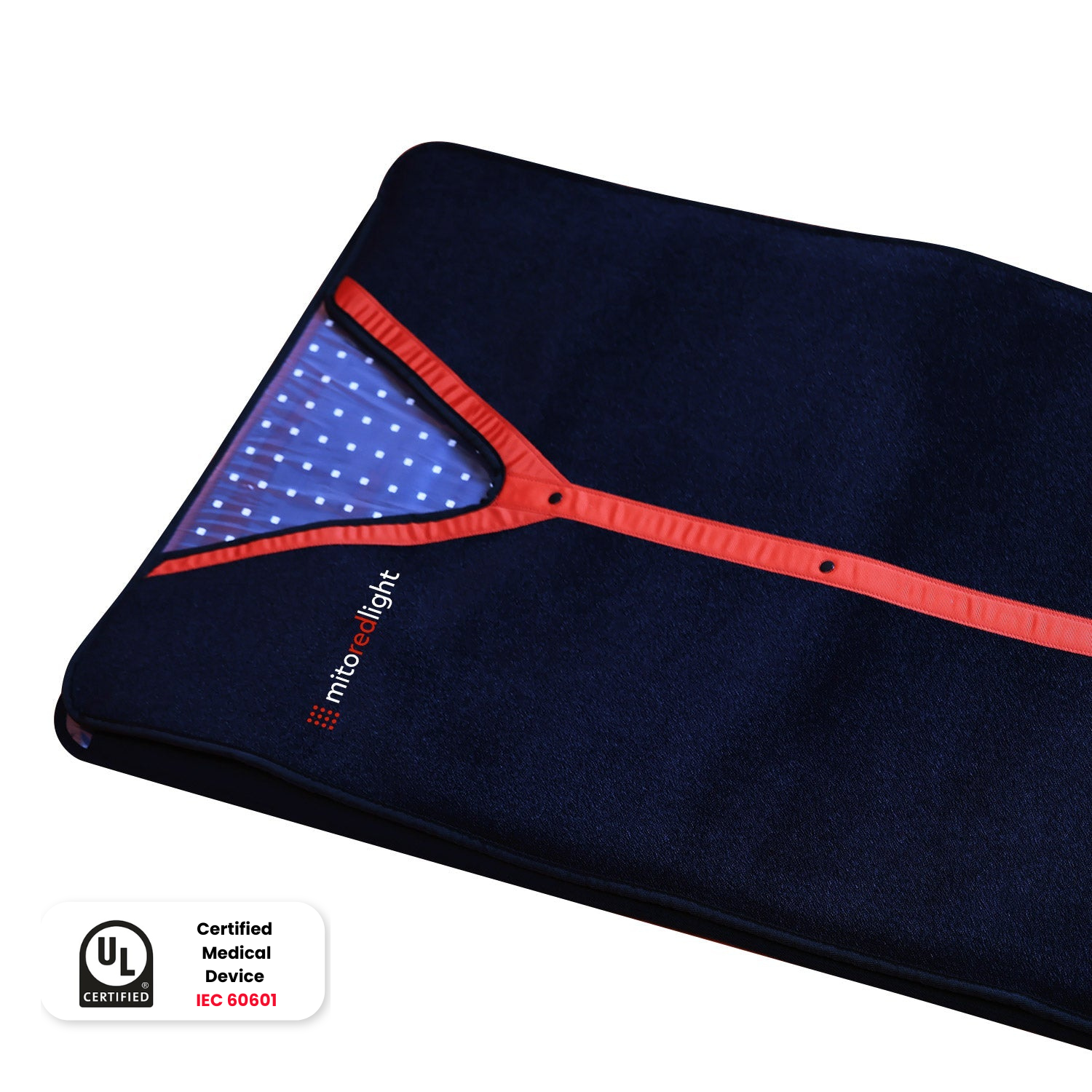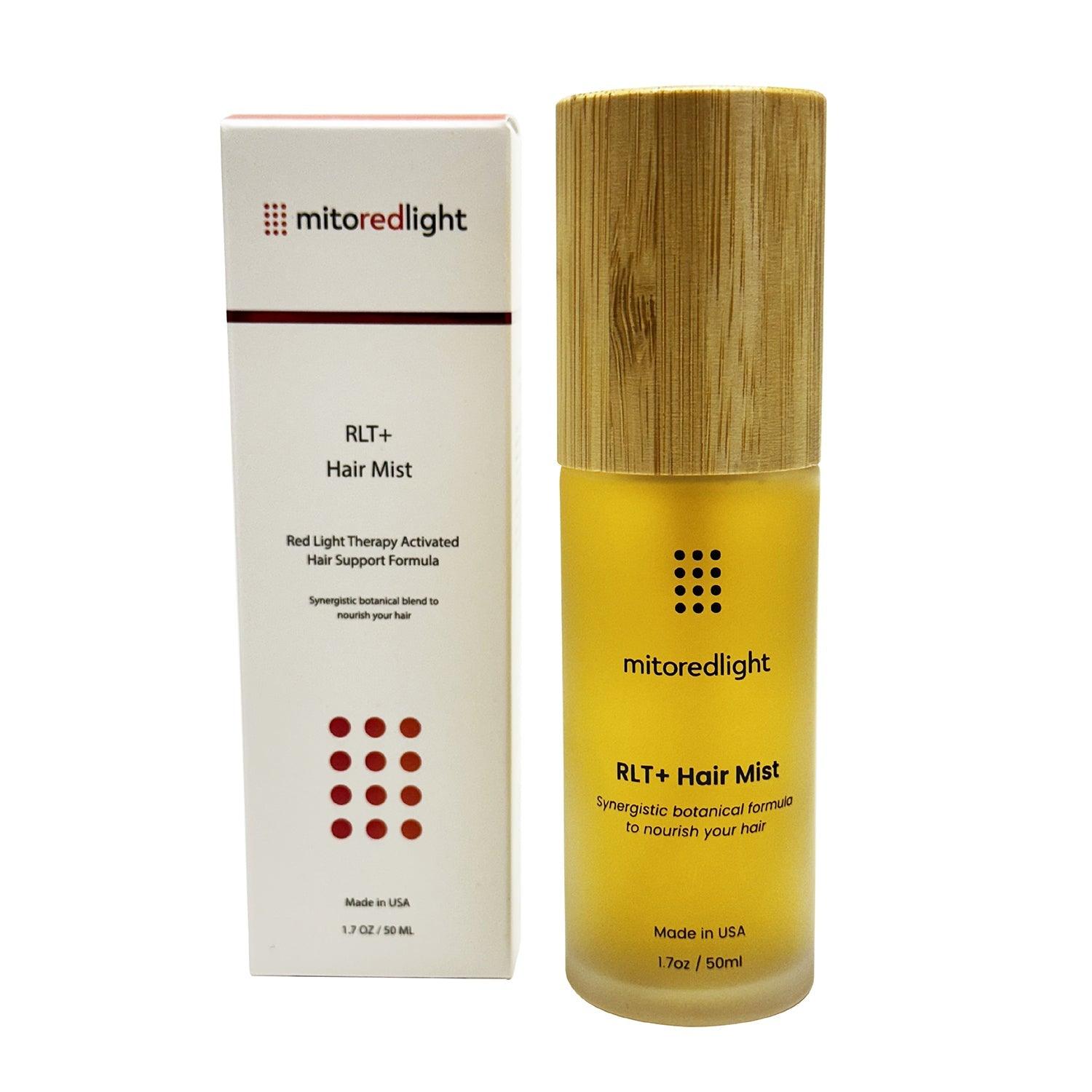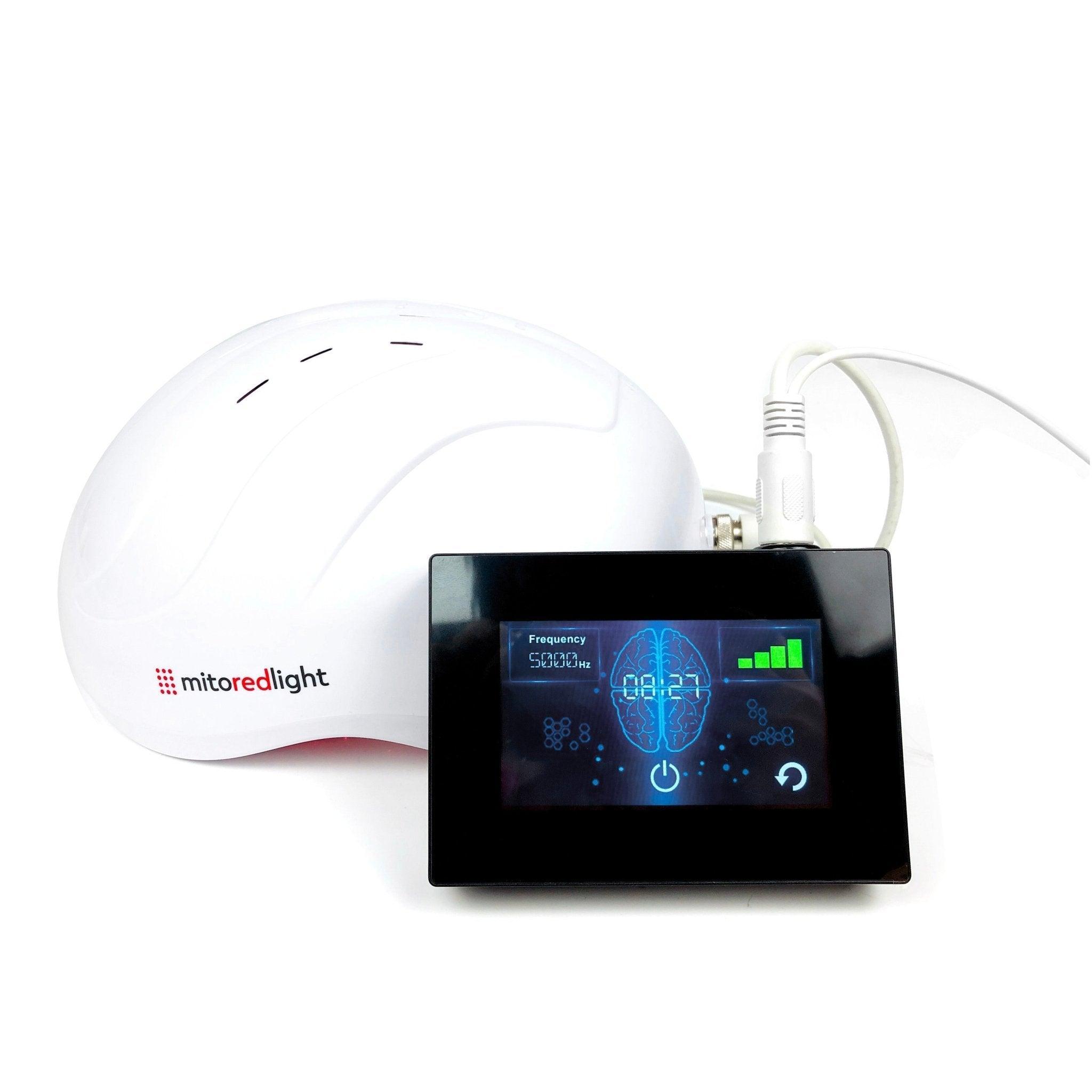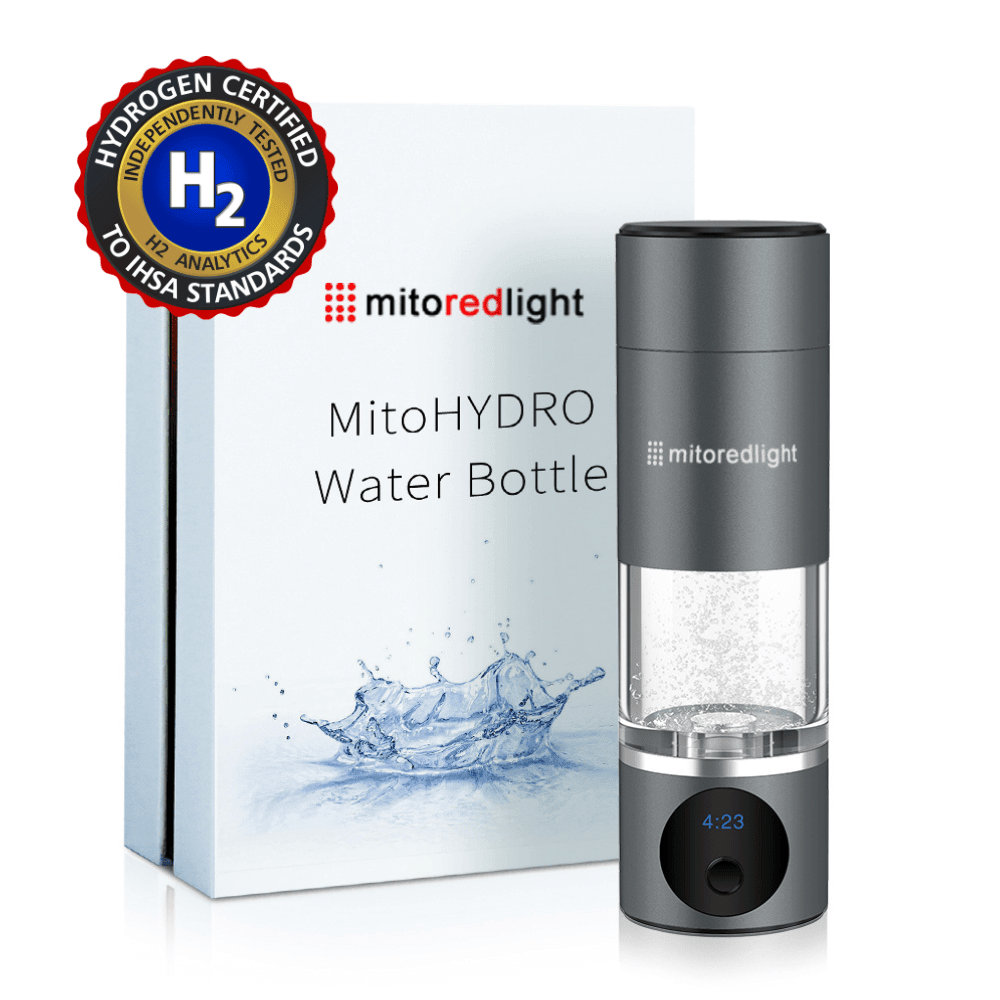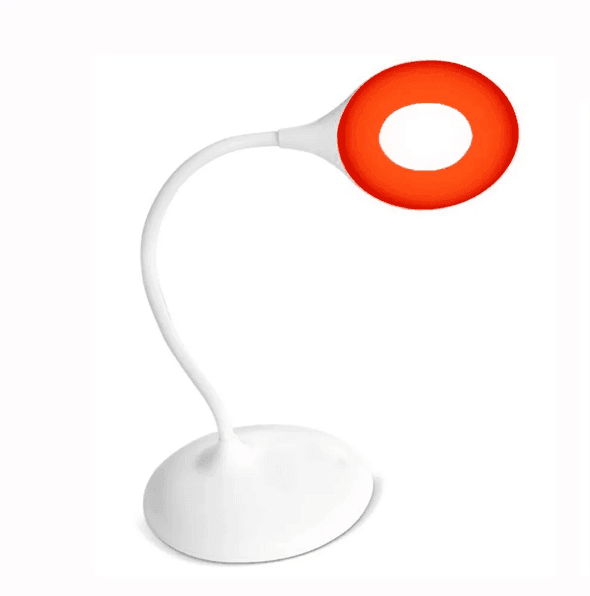How long should you actually sit in the sauna after your workout? Long enough to help your muscles recover, but not so long that you leave feeling cooked instead of refreshed. The trick is understanding what the heat is doing and how to use it intentionally.
This guide from Mito Red Light breaks down how to time your post-workout sauna sessions for peak recovery, the research-backed sweet spots by experience level, and safety rules every athlete and biohacker should know.
Why Use a Sauna After Working Out?
When your body heats up, blood vessels expand, circulation ramps up, and your heart starts pumping. That increased blood flow delivers oxygen and nutrients to sore muscles while clearing out metabolic waste, helping your body reset faster.
With this in mind, a post-workout sauna session is designed to do: extend the benefits of your workout by supporting recovery, relaxation, and rebalancing your system.
Studies show that a 20-minute infrared sauna session at around 43°C can reduce muscle soreness and improve recovery after intense exercise.
Infrared heat also works differently from traditional saunas. Instead of just heating the air, it warms your body directly, promoting deep muscle relaxation and gentle detoxification through sweat. Regular use can potentially help improve circulation, boost oxygen delivery, and help regulate inflammation.
Recommended Sauna Duration Based on Experience Level
How long you stay in the sauna depends on how well your body handles the heat. The goal is to train your body to adapt gradually so you get all the recovery benefits without the risk of dehydration or dizziness.
Here’s a simple overview:
- Beginner: 5-10 minutes
- Intermediate: 15-20 minutes
- Experienced: Up to 30 minutes. Do not exceed 30 minutes.
Research suggests that gradually increasing sauna session duration maximizes benefits while minimizing risks like dehydration or fatigue.
If you’re using an infrared sauna, the rules shift slightly. Infrared heat warms your body directly instead of just heating the air, which means you can get a deep sweat at lower temperatures (typically between 43°C and 60°C). That makes it easier to stay longer without feeling overwhelmed, but you should still start slow and increase time as your body adapts.
The sweet spot for most people is around 15-20 minutes per session, several times a week.
How To Prepare for Your Post-Workout Sauna Session
First things first: hydrate. Sweating is your body’s natural cooling system, but it also pulls out electrolytes and water fast.
Drink at least 8 ounces of water before you enter, and keep sipping during and after your session to stay balanced. A simple rule: if you wouldn’t start a workout dehydrated, don’t start your sauna that way either.
Next, cool down properly. Give your heart rate and breathing about 15-30 minutes to return to normal before stepping inside. Use that time for light stretching, mobility work, or just catching your breath. This helps your cardiovascular system transition smoothly so your sauna session feels restorative, not taxing.
Here’s a quick checklist before your sauna session:
- Finish your cool-down and stretch
- Swap out of sweaty clothes
- Drink at least 8 oz of water
- Optional rinse or shower for comfort
Once you’re in, relax, breathe, and let the heat do its thing.
How To Time Your Sauna Session for Optimal Recovery
Recovery starts before you even step into the heat. Here’s how to structure your post-workout sauna sessions.
1. Finish Your Workout and Start Your Cool-Down
Once you’re done training, take 10-15 minutes to downshift. Stretch out your major muscle groups, focus on breathing, and let your heart rate come back down. This transition period helps your nervous system move from high-intensity mode to recovery mode, which makes your sauna session feel restorative instead of draining.
Use this time to also mentally check in:
- How hard was your session?
- How do you feel?
- What’s your recovery goal for the day?
Going in with intention helps you get more out of the heat.
2. Rehydrate Before You Heat Up
Keep a water bottle within reach during your session and sip lightly every few minutes. If your workout was long or high-intensity, an electrolyte drink can help replenish what you’ve lost through sweat.
Proper hydration keeps your core temperature stable, supports circulation, and prevents that drained feeling that can hit after a sauna. You’ll step out feeling clear, not wiped.
3. Wait 15-30 Minutes Before Entering
Your body needs a short buffer to stabilize before additional heat exposure. Waiting 15-30 minutes allows your cardiovascular system time to return to normal, reducing strain on your heart.
This is also a good time to grab a small snack with protein or carbs to help your muscles start repairing while you rest. If you’re using an infrared sauna, this wait also lets your body cool enough to tolerate the warmth comfortably.
4. Set Your Timer Based on Your Experience Level
You already know your range. Now make it a routine.
Whether that’s 10 minutes or 20, the key is consistency. Use the same timing for a week or two, then reassess how your body feels..
Infrared saunas make this easier since they warm your body directly instead of just the air, so you’ll often feel comfortable faster. Stick to your planned window and let your body adapt gradually. That steady exposure builds heat tolerance, circulation efficiency, and better recovery outcomes over time.
5. Listen to Your Body
If you start feeling dizzy, lightheaded, or your heart feels like it’s racing, it’s time to step out. Sauna sessions are supposed to support recovery, not stress your system further.
If you’re new to this, experiment. Try shorter sessions more frequently rather than long sessions that leave you drained.
6. Try Optional Contrast Therapy
Once you’ve finished your sauna, try adding contrast therapy by alternating between hot and cold exposure. A quick 30-60 second cold shower or plunge after the sauna can wake up your circulation, reduce inflammation, and leave you feeling refreshed.
Some people repeat this heat-cold cycle two or three times for added recovery benefits, especially after intense training days. Just start gradually, as sudden cold can be a shock if your body’s not used to it.
7. Rehydrate and Rest Post-Session
Finish strong by hydrating again and letting your body return to its baseline temperature. Aim for at least one full glass of water or an electrolyte drink immediately after. Then give yourself 10-15 minutes to rest.
This recovery window helps your body integrate the physiological benefits of heat exposure before you jump back into your day.
Key Benefits of Sauna Use After Exercise
Infrared sauna sessions can change how your body performs and adapts to stress over time. Here’s what consistent post-workout sauna use can do for you:
- Support for recovery: Regular sauna sessions can help ease feelings of muscle soreness and support overall recovery.
- Oxygen delivery and endurance: Sauna use can support oxygen transport and thermoregulation during workouts.
- Athletic performance: Consistent sauna exposure can support endurance.
Over time, regular heat exposure can strengthen your cardiovascular system, speed up muscle repair, and make post-training fatigue a thing of the past.
Safety Tips for Sauna Use Post-Workout
A good sauna session should leave you feeling recharged. To keep it that way, a few smart precautions go a long way in keeping the heat safe and effective.
Know Your Limits
Stick within your recommended time window and resist the urge to push past it. Longer sessions increase your risk of dehydration and overheating. Especially for beginners, anything beyond 20-30 minutes can quickly shift from recovery to strain.
Hydrate Properly
You lose more fluid in the sauna than most people realize. Keep water nearby and sip throughout the session. If your sweat rate is high or your training was intense, add electrolytes to help your body retain fluids and maintain balance.
Watch for Warning Signs
Lightheadedness, dizziness, or a racing heart are your cues to step out and cool down. These are early indicators that your body’s heat tolerance has hit its limit. Listen to those signals.
Don’t Double-Stack Intensity
If you’ve just finished a heavy lifting day, HIIT session, or long run, treat the sauna as recovery rather than another challenge. Your body’s already taxed from training, so give it the proper environment to repair.
Be Mindful of Pre-Existing Conditions
For most acclimated adults, post-workout saunas are safe. However, if you have cardiovascular concerns, low blood pressure, or you’re on medication that affects circulation, check with your doctor before adding heat exposure to your recovery plan.
Quick Safety Checklist
- Keep sessions under 30 minutes
- Stay hydrated before, during, and after
- Exit immediately if you feel lightheaded or nauseous
- Avoid alcohol or heavy meals before using the sauna
- Let your body cool naturally after your session
Used responsibly, sauna therapy can be one of the most efficient recovery tools in your fitness stack, amplifying results without adding extra work.
How Often Should You Use the Sauna After Exercising?
How often you use the sauna depends on your goals, training volume, and how your body responds to heat. Consistency matters more than intensity, and finding your rhythm helps you get results safely and effectively.
Acclimation Phase
For the first two weeks, aim for daily sessions of 10 to 15 minutes. This allows your body to adapt to heat exposure, improve temperature regulation, and build comfort with regular use.
Maintenance Routine
After the initial adjustment, most people benefit from two to four sauna sessions per week. This schedule supports muscle recovery, improves circulation, and maintains the benefits of consistent heat exposure without overstressing your system.
Increase Frequency for Advanced Recovery Goals
Regular users, especially athletes or those focused on endurance and cardiovascular performance, may benefit from using the sauna four to seven times a week. Studies show that frequent sauna sessions can help improve heart function, increase plasma volume, and support long-term cardiovascular health.
Adjust Based on Your Body
Pay attention to how you feel. Hydration, training load, and temperature tolerance all influence how often you should use the sauna. If you feel fatigued or dehydrated, scale back your time or take a rest day. Steady, sustainable use will always support better recovery than pushing too hard.
The Bottom Line
Post-workout sauna sessions aren’t about endurance, but about recovery done right. When you stay consistent, hydrate well, and give your body the right amount of heat exposure, you’re improving performance over time.
At Mito Red Light, we’re built around that same philosophy: using evidence-based technology to help your body function at its peak. Whether you’re enhancing your recovery routine, optimizing energy, or supporting long-term performance, our infrared light therapy devices make it simple to bring the science of recovery home.
Ready to level up your post-workout routine? Explore our red light therapy panels and see how targeted infrared therapy can complement your sauna sessions.
DISCLAIMER: Mito Red Light devices are Class II wellness devices aimed at affecting the body through supporting cellular function. The information provided in this article and on this site is for educational purposes only and is not intended to imply effectiveness of Mito Red Light devices for any specific application. The information provided in this article and on this site is not intended to diagnose, treat, cure, or prevent any disease, is not a substitute for consultation with a licensed medical provider and should not be construed as medical advice. Click here to read our article on potential contraindications of red light therapy.
FAQs
How long should I stay in the sauna after a workout?
Most experts recommend spending 10 to 20 minutes in the sauna after training. Beginners should start with five to 10 minutes and gradually increase as their body adapts to the heat.
Is it safe to stay longer than 20 minutes after exercising?
Going beyond 20 minutes can increase the risk of dehydration and overheating, especially when your body is already fatigued from exercise. Stick to your range and build tolerance gradually.
Should beginners use the sauna differently?
Yes. Beginners should keep sessions shorter, around five to 10 minutes, and slowly extend their time over several weeks. This helps the body adapt without unnecessary strain.
How soon after a workout should I use the sauna?
Wait about 15 to 30 minutes after your workout to allow your heart rate and breathing to return to normal. This gives your body time to stabilize before heat exposure.
What are the benefits of sauna use post-workout?
Using a sauna after exercise can help relax muscles, reduce soreness, improve circulation, and support faster recovery. Regular use may also improve endurance and overall cardiovascular function.
Should I hydrate before or after sauna use?
Both. Drink water in the 15 to 30 minutes after exercise and continue sipping before, during, and after your sauna session to replace lost fluids.
Can I use the sauna every day after working out?
Daily sauna use is fine during the first 10 to 14 days as your body acclimates. For maintenance, two to four sessions per week are usually ideal for recovery and performance.
Should I shower before or after the sauna?
Showering afterward helps rinse away sweat and allows your body to cool down gradually. If you prefer, a quick rinse before entering can make the session feel more comfortable.
Sources:
Sauna use linked to longer life, fewer fatal heart problems | Harvard Health
Get Your Sweat On: The Benefits of a Sauna | Cleveland Clinic
Prophylactic Effects of Sauna on Delayed-Onset Muscle Soreness of the Wrist Extensors | PMC
Why Do We Sweat? | Cleveland Clinic
Here’s the science behind infrared heat, the new wellness trend | National Geographic
Unlock Faster Muscle Gains: The Sauna Recovery Secret Elite Athletes Use | Sports Illustrated
Clinical Effects of Regular Dry Sauna Bathing: A Systematic Review | PMC
